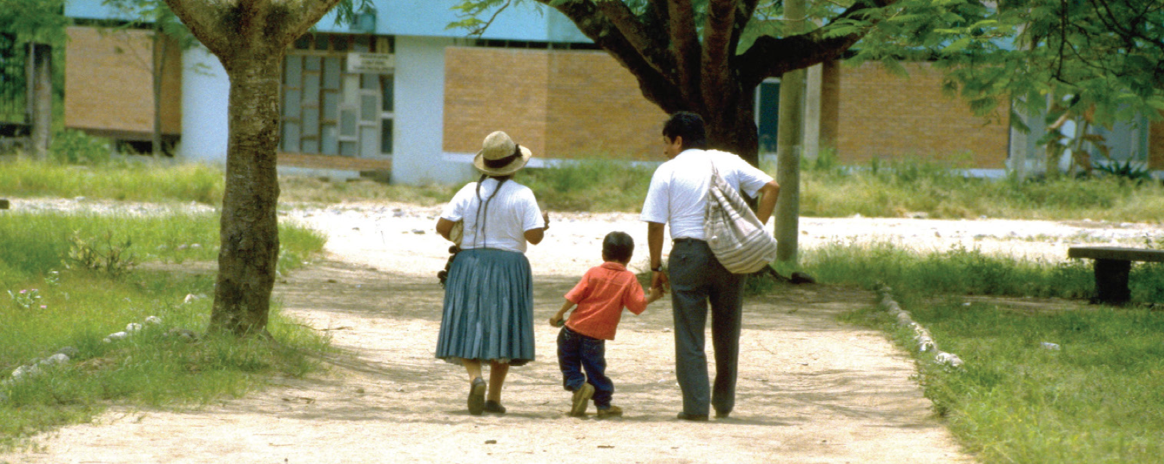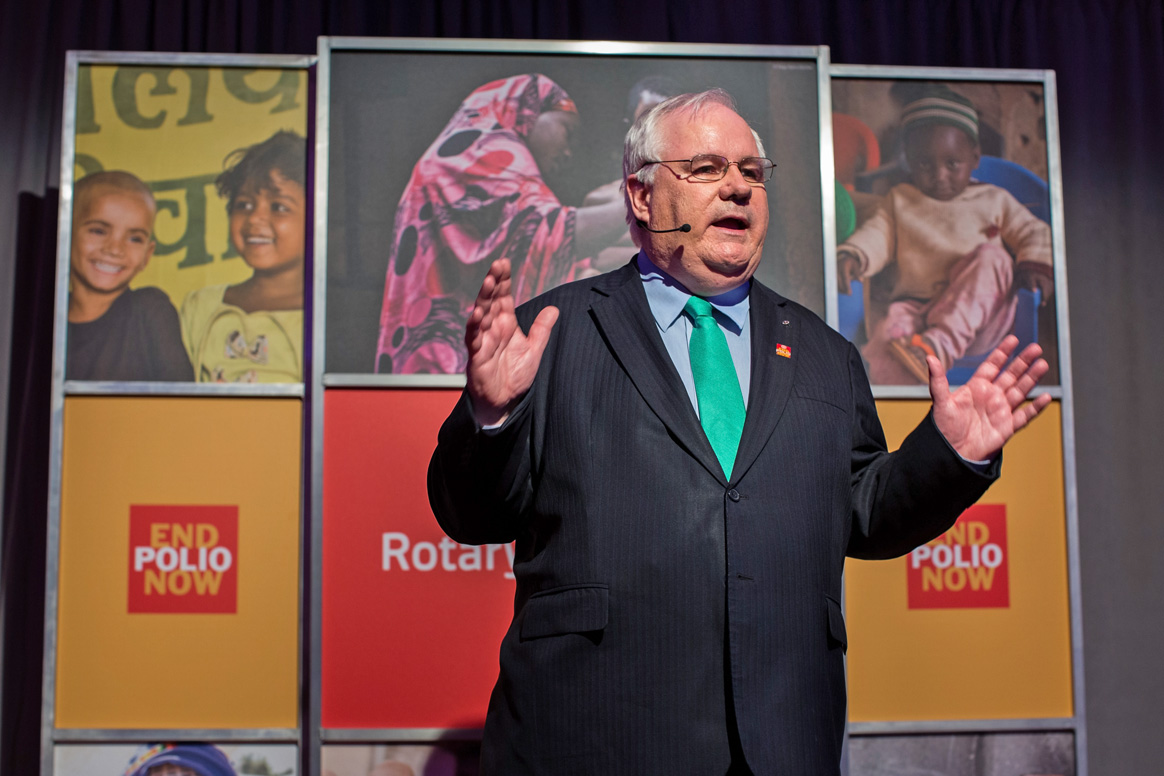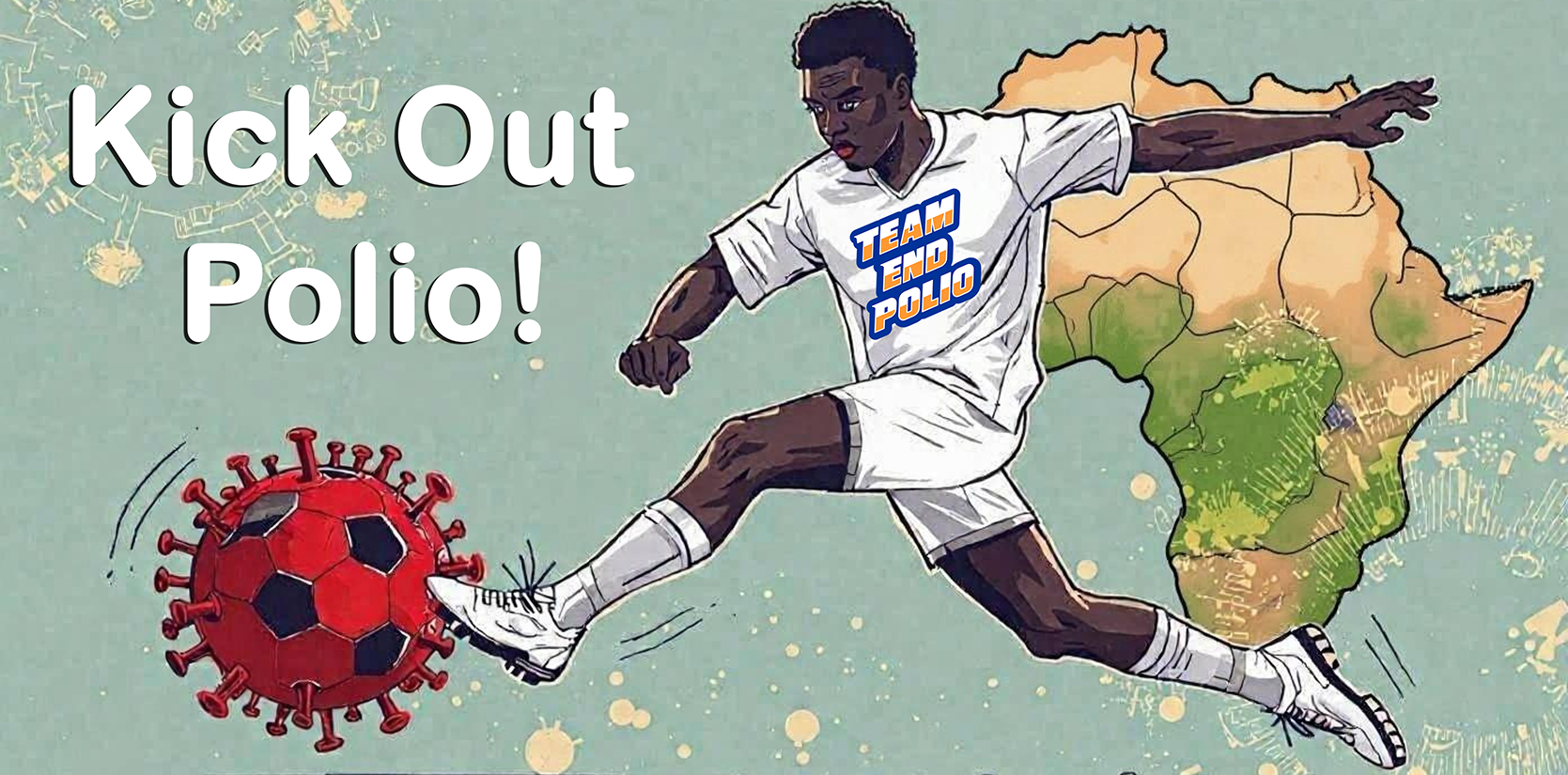
Before polio vaccines existed, polio affected thousands of children around the world every year. Not so long ago it was common for a healthy child to suddenly be unable to walk, and those who were fortunate enough to recover from the disease were left with lifelong sequelae. Those less fortunate spent their days in hospital wards hooked up to huge machines — known as steel lungs — that allowed them to keep breathing. Many others lost their lives. Polio was endemic in all countries, and when there was an outbreak, communities had to close schools and other public spaces to protect the children.
Discovery of the polio vaccine in the mid-1950s changed the world forever. Once vaccinations began, the disease quickly started to wane. It was clear that vaccines worked, and that they could be used to prevent the disease. After several countries succeeded in controlling polio, leaders decided that eliminating polio permanently was possible, but only if it was done in a coordinated way in all countries of the Region. And so, in 1985, all the Region’s countries committed to eradicating polio. In 1988, the rest of the world joined this massive effort.
The political commitment to end the disease was furthered by the work of vaccinators, who travelled to the farthest reaches of the continent, by land, sea, and air, so that no one would be left unvaccinated. Along with these efforts, on-site personnel worked to investigate all probable cases, one by one; laboratory staff worked to confirm the absence of cases; and numerous other health workers helped in combating the disease, so that no one would ever again suffer from polio. Participating in this great effort were community leaders, politicians at all levels, partnerships with international organizations, and parents who were convinced that vaccination saves lives.
In 1991, in a show of Pan-Americanism and commitment to health, the countries of the Americas conquered polio, and the Americas became the first world region to eliminate the disease.
It is not enough, however, to have eliminated the disease in the Region, because as long as there are cases somewhere in the world, all children remain at risk. Keeping the Region polio-free for 30 years has been a titanic effort, one requiring that all children be vaccinated against the disease, while at the same time maintaining sensitive surveillance systems, an increasingly challenging task given the range of other health priorities.
Today we are closer than ever to eradicating polio worldwide. However, the COVID-19 pandemic has significantly affected health services around the world, including routine vaccination and epidemiological surveillance of vaccine-preventable diseases, putting at risk the progress achieved.
Health workers around the world must commit to completing the eradication process. Today more than ever, we must learn from past experiences and, with renewed determination, look to the future to fulfill the promise of a world permanently free of polio



